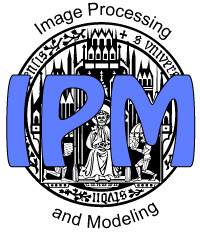About us

This junior research group is part of the Heidelberg Collaboratory for Image Processing (HCI) at the Interdisciplinary Center for Scientific Computing (IWR) of the University of Heidelberg. It is supported by the Heidelberg Graduate School of Mathematical and Computational Methods for the Sciences (HGS Mathcomp). Both the HCI and the HGS Mathcomp are part of the German Excellence Initiative
Quantitative imaging as a measurement technique is an emerging field in the natural sciences and in engineering applications. On a wide range of spatial and temporal scales, imaging is used for gaining insights into complex systems, ranging from satellite remote sensing to Fluorescence Correlation Spectroscopy in confocal or two photon microscopy. Extensive information from this image data can only be extracted in linking advances image processing techniques in conjunction with mathematical models of the underlying measurement technique and physical or chemical processes.
We are interested in all aspects of the analysis of complex systems using quantitative imaging. This includes developing mathematical approaches for image processing in conjunction with physical and chemical modeling as well as devising measurement techniques. Approaches developed are based on solving inverse problems. Models are formulated continuously applying variational principles or discretely using statistical methods. Our work is concentrated on model development, parameter estimation, solving partial differential equations (PDEs), model selection, confidence measures and physically based interpolation.
Principal applications are Light Field Imaging, measuring and modeling transport processes of complex systems in environmental and life sciences, as well as in engineering. For visualization of we have developed new techniques relying on thermography, Light Induced Fluorescence (LIF), molecular tagging, Light Field Imaging or particulate techniques such as Particle Tracking Velocimetry (PTV). A strong focus exists in quantifying transport of reactive atmospheric trace gases from satellite remote sensing, small scale atmosphere-ocean interactions and physiology.


